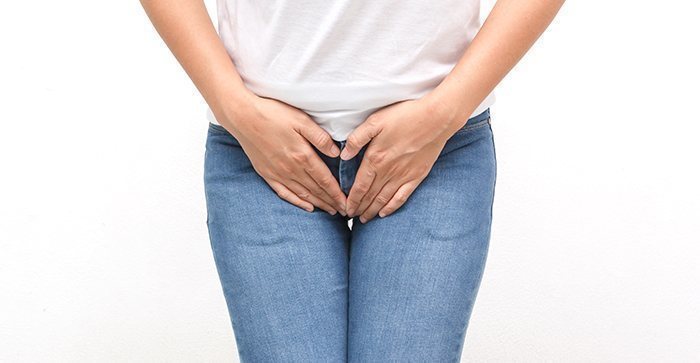What is urinary incontinence?
Urinary incontinence is a condition in which a person unintentionally leaks urine. She may uncontrollably urinate when she laughs, coughs, or exercises. Or she may find she cannot wait to reach the bathroom. These problems, which may be temporary or permanent, can be caused by a number of conditions, including urinary tract infections, bladder weakness, or a blocked urethra (the canal that transports urine from the bladder).
Is urinary incontinence common?
Yes, it is very common, especially among women. Seventeen million people in the United States experience incontinence at some point in their lives, and approximately 10% to 30% of women between the ages of 15 and 64 have this problem. That number may be even higher, since many women with incontinence are too embarrassed to seek treatment.
Does urinary incontinence affect only elderly women?
Bladder control problems are not a natural part of the aging process and can affect women of all ages.
Is all urinary incontinence the same?
No, there are several different types of this condition:
•Stress incontinence: Women with stress incontinence may leak urine when they exercise, cough, sneeze, laugh, lift, or put pressure on their abdomen. This often is due to weakness in pelvic floor muscles and may be caused by childbirth or pelvic surgery.
•Urge incontinence: This condition, sometimes referred to as “overactive bladder,” is the most common form of incontinence. It may cause women to lose urine as soon as they drink a small amount of liquid or have the urge to go to the bathroom. It also may result in frequent urination (every half hour, for example) or bedwetting.
•Mixed incontinence: Patients with this condition suffer from both stress and urge incontinence.
•Overflow incontinence: Women with overflow incontinence may feel like they never completely empty their bladder. Some may pass only a small amount of urine and feel like their bladder is still full. Others may feel as if they have to empty their bladders but can’t.
•Functional incontinence: Women with functional incontinence cannot get to the toilet or use a bedpan in time to urinate. The urinary system works, but physical or mental disabilities prevent normal bathroom use.
•Transient incontinence: This is temporary incontinence that occurs due to certain conditions, including urinary tract infections, the use of some medications, and restricted mobility.
What is Vaginal Vault Prolapse?
Vaginal vault prolapse is a complex condition resulting from the loss of support of the pelvic organs and may present itself in a variety of ways. In its most severe presentation, the entire vagina may evert and be located completely outside of the pelvis and present itself as a large mass protruding out of the vaginal opening. It is a progressive disorder that occurs over a period of time and will present itself with symptoms related to a specific site of prolapse. Pelvic support defect symptoms are due to alterations in function of the bowel and the ability to defecate, to urinate satisfactorily, and sexual function. There is also a psychological component. One of the more common complaints is urinary incontinence. An equally common complaint, but frequently one that is not discussed is anal incontinence, the ability to control gas or stool. One’s sexual dysfunction becomes a problem because of the presence of a mass, pain with intercourse, difficulty with penetration because of a tissue mass protruding outside of the introitus or anxiety because of the physical appearance of a mass in the vaginal opening. All of these symptoms may be somewhat stable, although they usually are slowly and inexorably progressive in severity with the passage of time.

